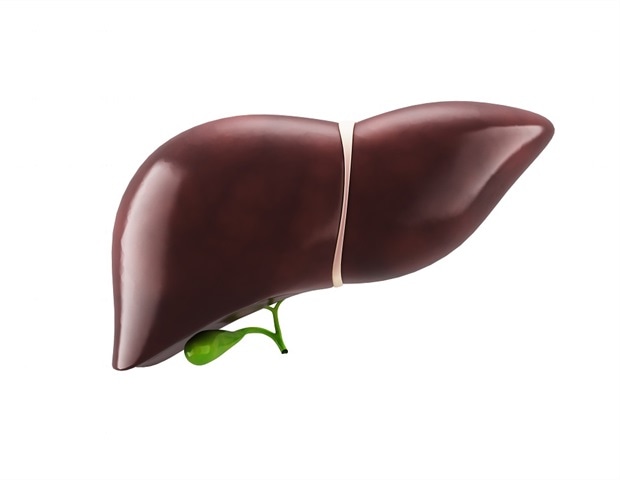Liver diseases, both acute and chronic, continue to pose significant clinical challenges due to high morbidity and mortality rates. Acute liver injury (ALI) caused by acetaminophen (APAP) overdose, hepatic ischemia-reperfusion injury (HIRI), and chronic conditions like nonalcoholic fatty liver disease (NAFLD) and alcohol-associated liver disease (ALD) are influenced by HMGB1-mediated pathways. HMGB1 is released from injured or necrotic liver cells and triggers inflammatory responses.
Its circulating levels have been associated with disease severity in liver conditions, marking it as a promising biomarker and therapeutic target. HMGB1 structure and functions HMGB1 is a non-histone nuclear protein with three distinct domains responsible for DNA-binding and regulatory functions. Within the nucleus, HMGB1 aids in DNA repair, chromosomal maintenance, and cell cycle regulation.
Once released extracellularly, it binds to receptors such as RAGE and TLR4, amplifying inflammatory signaling and contributing to liver damage through the activation of immune cells. Additionally, HMGB1 plays a role in autophagy, a process integral to cell survival and liver tissue regeneration. Receptors and signaling pathways HMGB1's interactions with its primary receptors, RAGE and TLR4, are essential to its role in liver disease.
Upon binding, these receptors initiate pro-inflammatory signaling pathways such as the NF-κB and mitogen-activated protein kinases (MAPK) cascades, exacerbating liver inflammat.


















